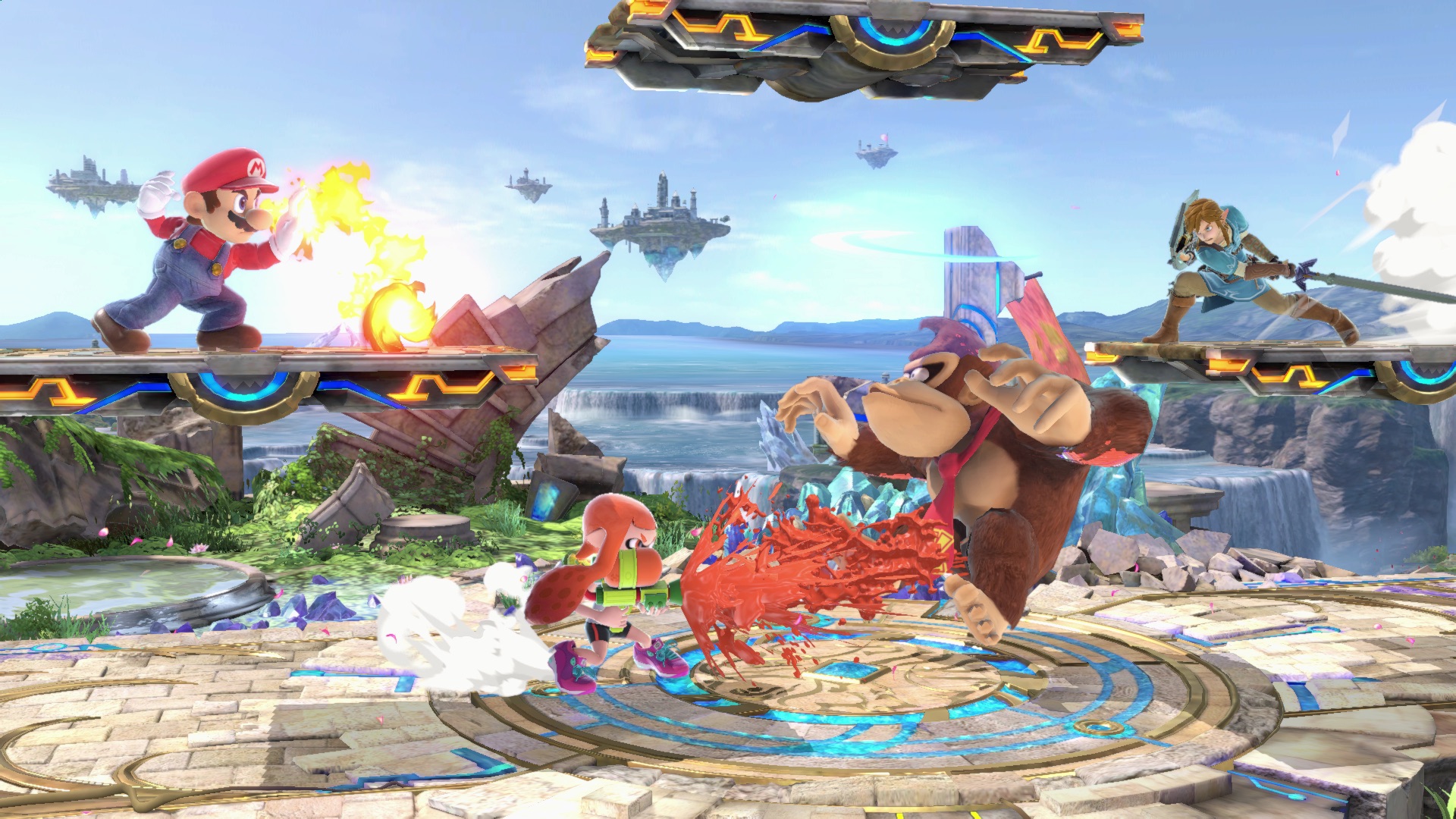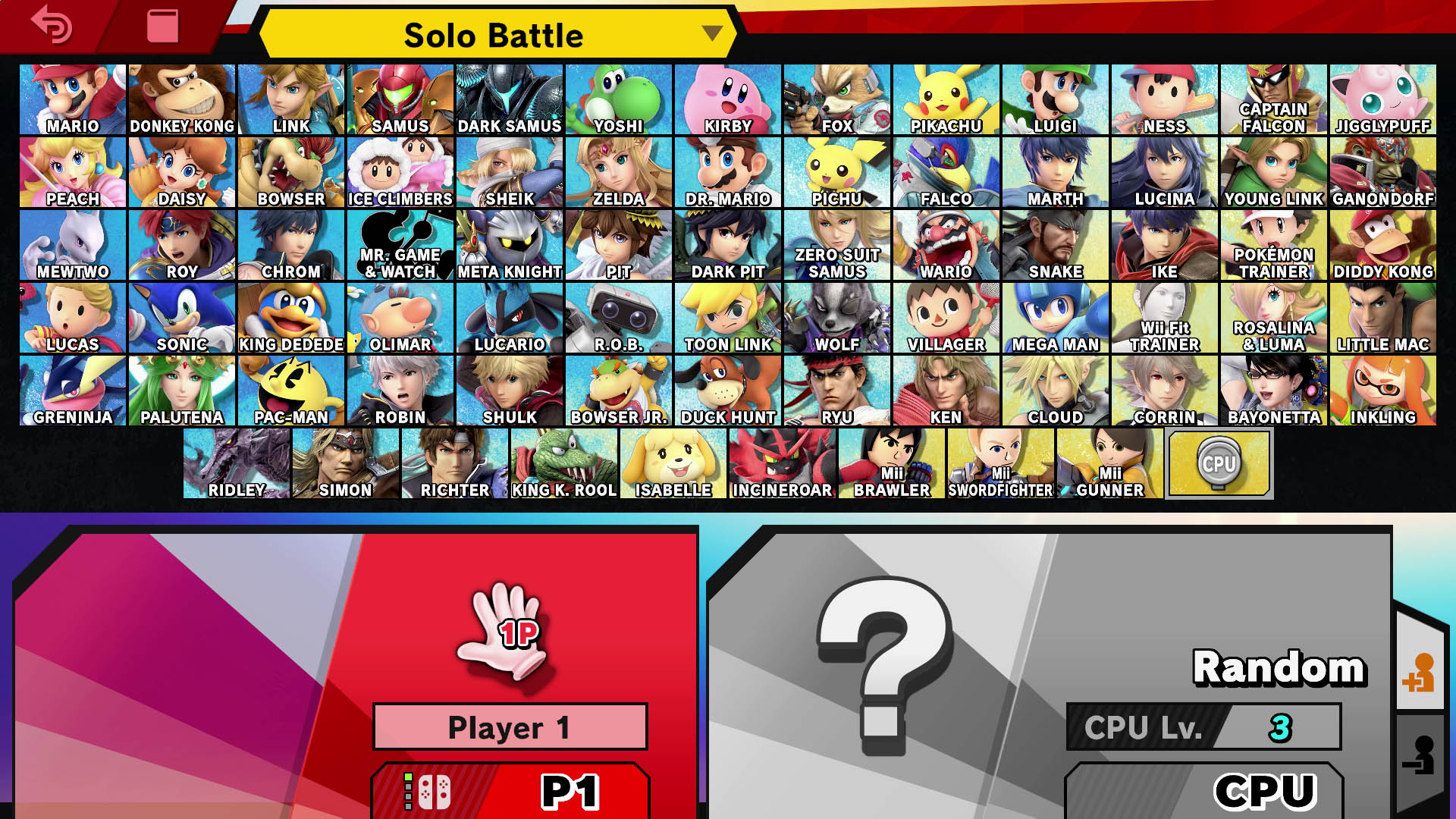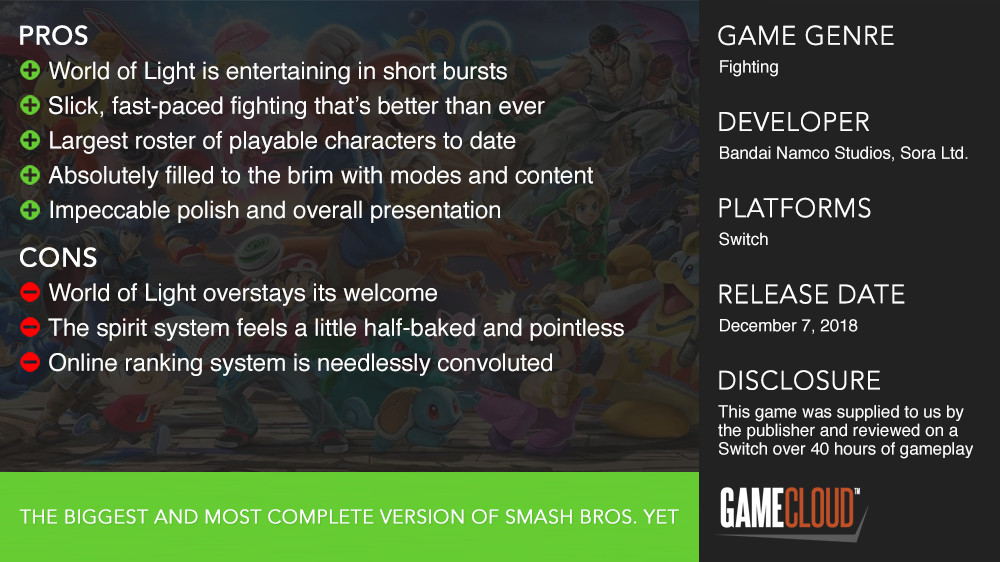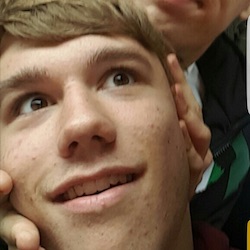
Some of my fondest memories as a kid growing up came from playing Super Smash Bros. Brawl almost every day with two of my best friends. Those moments, for me, encapsulate what Smash used to strive for as a franchise. With esports on the rise, it’s only natural that developers seek to further expand into the area to increase interest in the game and to celebrate those who pour hours into improving. Whether you like it or not, Smash is a fighting game for everyone, catering to those who play for fun, and those who play for glory. The latest entry, Super Smash Bros. Ultimate, frequently advertises itself as the biggest and most complete version of Smash Bros. yet, and that alone is reason to be excited about what it has to offer.

Super Smash Bros. has dabbled with a “story mode” in a few different entries to varying success. Melee had Adventure Mode, Brawl had Subspace Emissary, and now Ultimate presents World of Light. It starts with a beautifully made cutscene of every single character on the roster being blasted into oblivion by the Lord of Light, Galeem, and his plethora of Master and Crazy hands that originate from past entries. It’s up to the sole survivor of the attack, Kirby, to save a ridiculous number of characters who have been turned into Spirits. It’s very light on narrative, with few exposition heavy cutscenes that slowly develop what little plot there is. There a three possible endings, but none of them are worth the amount of time and effort you’ll put in to finish it.
I think we’ve yet to see the best way to handle a story mode component in Smash Bros., but World of Light is the closest so far. It takes place across a gargantuan map filled with multiple pathways, boss fights, and battles to unlock new Spirits and Fighters for your adventure. The battles are themed around the respective Spirit you receive upon victory, which leads to a mixed bag of results. Early on, World of Light is a walk in the park, with small changes keeping battles relatively fresh. However, some encounters are straight up unfair, and the only way to win in some instances is by picking Spirits that nullify the additional quirks of that particular battle, which leaves it as a simple 1-stock fight. Most of these difficulty spikes are optional and can be approached after levelling up a little bit more, but it adds unnecessary bloat to an experience that already overstays its welcome. The absolute stand out boss fights are a challenging and refreshing change of pace. Fighting Monster Hunter’s Ratholos or Giga Bowser as your favourite Nintendo character is something I’ll never get tired of.

The Spirits system that stems from World of Light’s concept is a novel idea but feels poorly executed. It’s cool to see so many different characters represented in a Smash title at once, but they don’t add much to the refined formula at play here. Aside from World of Light, I never found myself hunting for or using them, despite the option being there for those who want to dive in. It’s a shame that an addition as large as this will ultimately be ignored by a large majority of players once they’ve had their fun with World of Light, and I can’t help but feel this idea wasn’t as fleshed out as it was intended to be.
The core fighting hasn’t changed much over the series, and that holds true in Ultimate. Dealing damage to your opponents racks up their percentage, with the aim being to launch your opponent off the stage (the higher the per cent, the further they’ll launch). An overall faster pace than past entries and an emphasis on playing aggressively have this entry feeling slick, responsive, and frenetic in all the right ways. It’s a simple, yet endlessly entertaining system that’s reinforced by its myriad cast of fighters. Every single playable character in the series makes a return in Ultimate alongside interesting new characters, capping the roster off at a whopping total of 77 fighters not including the upcoming DLC characters. There’s a character here for everyone, and it’s impressive how much differentation there is within the cast despite its size. Couple this with customizable rule sets, additional party and competitive modes, and support for up to 8 players, and it’s easy to see why this entry has been dubbed as Ultimate.

The online component, while serviceable, is a bit lacking in some areas much like other Nintendo titles. Matchmaking and connections are stable, but knowing what to search for can be frustrating, and you may even end up in a rule-set entirely different to yours because the game couldn’t find a good match for you. The ranking system is also ill-explained, with each fighter having an individual GSP rank as opposed to a player rank. There’s a distinct lack of player progression within Ultimate’s online modes which need to be fleshed out for the game to survive as the competitive esport Nintendo are embracing it as. Local multiplayer, on the other hand, has a suite of unique modes that’ll have you going through the entire roster or duking it out in 8-player battles. It’s a chaotically good time.
Ultimate’s presentation is far stronger than past titles and makes many strides forward in numerous areas aside from a small increase in graphical fidelity. User interfaces and menus are less cluttered and easier to navigate, leaving previously hidden modes in plain sight. A vast library of music from numerous franchises can be tapped into at any time to make custom playlists or to even listen on the go. Fights have a fantastic coat of Nintendo polish that never seems to wear off, accentuated by the fantastic addition of a slow-motion zoom-in on the killing hit of a final stock. Super Smash Bros. has always had a certain level of grandeur and hype behind its lineage, but Ultimate takes it to new levels.

My time with Super Smash Bros. Ultimate has led me to believe there couldn’t be a more fitting subtitle for this entry in the series. It successfully combines multiple elements from past entries, adds a new level of polish, and presents the biggest roster in the series’ history. Nintendo have not only created another hallmark title for the Switch, but an entry into the series that’ll be unrivalled in size and scale for some time to come. Ultimate has the potential to live far longer than recent entries in the series, and with new characters, stages, and music on the way, the game will receive no shortage of new content. It’s an exciting prospect considering how much content is already packed into the game, and I’m sure it’ll only improve what I believe is the best Smash Bros. yet.











